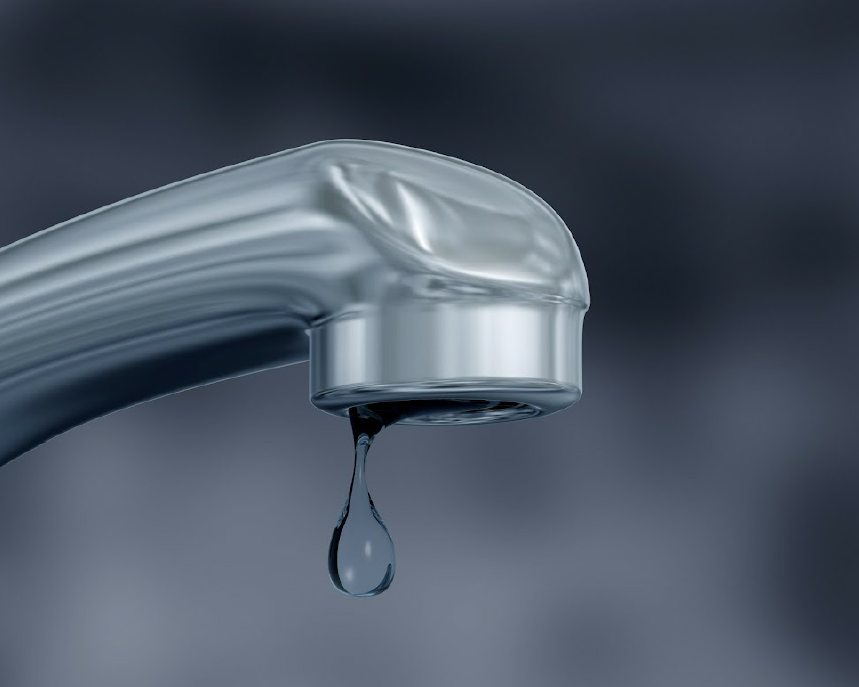How to Examine If Your Residence Has a Concealed Leak
How to Examine If Your Residence Has a Concealed Leak
Blog Article
What are your ideas on Top leak detection hacks?

Early discovery of dripping water lines can minimize a prospective catastrophe. Some tiny water leaks may not be noticeable.
1. Take A Look At the Water Meter
Every home has a water meter. Examining it is a proven manner in which aids you find leaks. For starters, switch off all the water resources. Make certain no person will flush, make use of the tap, shower, run the washing device or dishwasher. From there, go to the meter as well as watch if it will certainly change. Because no one is using it, there ought to be no motions. That shows a fast-moving leakage if it relocates. Likewise, if you identify no changes, wait a hr or more and inspect back once more. This suggests you may have a slow leakage that might even be below ground.
2. Examine Water Consumption
If you identify sudden modifications, in spite of your usage being the exact same, it means that you have leakages in your plumbing system. An abrupt spike in your expense suggests a fast-moving leak.
A consistent increase every month, also with the very same behaviors, shows you have a sluggish leakage that's also slowly rising. Call a plumber to thoroughly check your building, especially if you feel a warm area on your floor with piping beneath.
3. Do a Food Coloring Test
When it comes to water consumption, 30% originates from commodes. Test to see if they are running properly. Decrease specks of food color in the container and wait 10 minutes. If the shade somehow infiltrates your bowl during that time without flushing, there's a leakage in between the container as well as bowl.
4. Asses Exterior Lines
Do not fail to remember to examine your outdoor water lines as well. Ought to water leak out of the link, you have a loose rubber gasket. One small leakage can throw away bunches of water and spike your water costs.
5. Examine the circumstance and inspect
Property owners need to make it a practice to inspect under the sink counters and also even inside closets for any kind of bad odor or mold and mildew development. These two warnings suggest a leakage so prompt interest is called for. Doing routine evaluations, also bi-annually, can conserve you from a major problem.
Inspect for discolorations as well as damaging as the majority of appliances and pipelines have a life expectancy. If you suspect dripping water lines in your plumbing system, do not wait for it to escalate.
Early discovery of leaking water lines can alleviate a possible disaster. Some little water leaks might not be noticeable. Examining it is a guaranteed means that aids you find leaks. One small leakage can waste loads of water and also spike your water costs.
If you think dripping water lines in your plumbing system, do not wait for it to escalate.
WARNING SIGNS OF WATER LEAKAGE BEHIND THE WALL
PERSISTENT MUSTY ODORS
As water slowly drips from a leaky pipe inside the wall, flooring and sheetrock stay damp and develop an odor similar to wet cardboard. It generates a musty smell that can help you find hidden leaks.
MOLD IN UNUSUAL AREAS
Mold usually grows in wet areas like kitchens, baths and laundry rooms. If you spot the stuff on walls or baseboards in other rooms of the house, it’s a good indicator of undetected water leaks.
STAINS THAT GROW
When mold thrives around a leaky pipe, it sometimes takes hold on the inside surface of the affected wall. A growing stain on otherwise clean sheetrock is often your sign of a hidden plumbing problem.
PEELING OR BUBBLING WALLPAPER / PAINT
This clue is easy to miss in rooms that don’t get much use. When you see wallpaper separating along seams or paint bubbling or flaking off the wall, blame sheetrock that stays wet because of an undetected leak.
BUCKLED CEILINGS AND STAINED FLOORS
If ceilings or floors in bathrooms, kitchens or laundry areas develop structural problems, don’t rule out constant damp inside the walls. Wet sheetrock can affect adjacent framing, flooring and ceilings.
https://www.servicemasterbyzaba.com/blog/how-to-detect-water-leakage-in-walls/

Hopefully you enjoyed reading our section on Locating water leaks. Thank you for finding the time to read through our short article. Make sure you set aside a second to distribute this blog if you liked it. We treasure reading our article about Top leak detection hacks.
Report this page